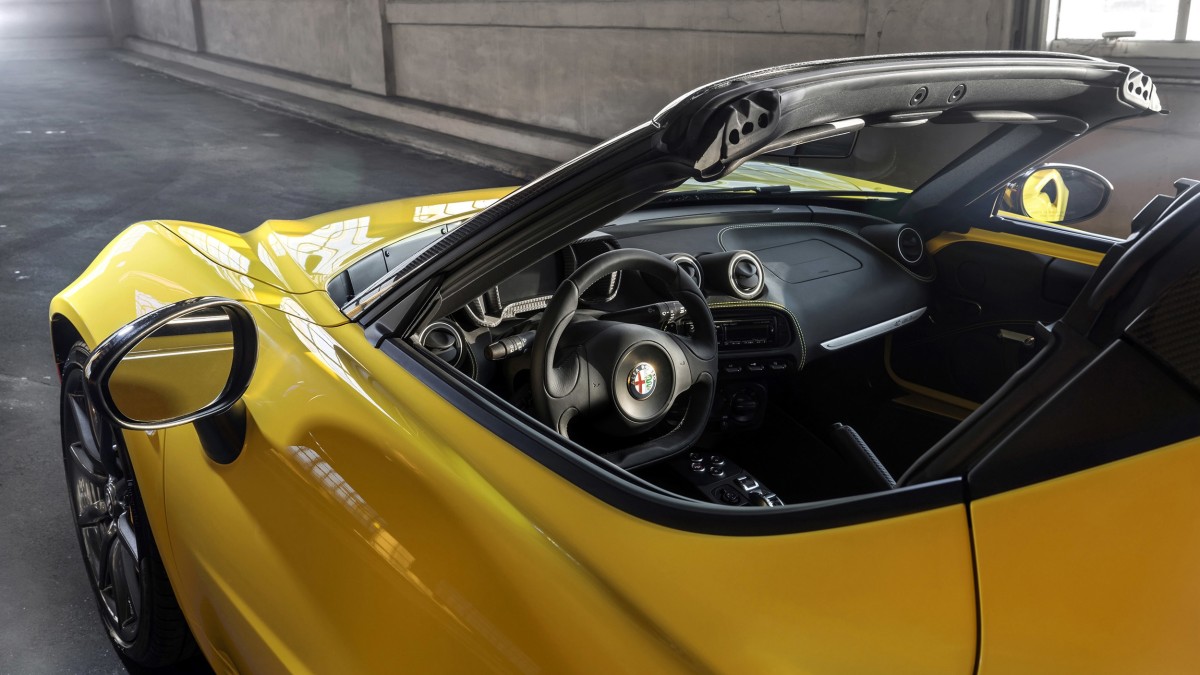
Auto detailing continues to evolve and one of the newer tools in the detailer’s arsenal is ceramic coating. Like wax products, ceramic coatings add a protective layer between a car’s clear coat and the elements. It won’t fix major paint problems, but it will clean car longer and can help reduce the visibility of minor scratches. Read on to find out what’s inside ceramic coating for carswhy you would want to use it and how it is applied.
What is ceramic coating?
Automotive ceramic coatings are applied to paint and chemically bond to the clear coat as they cure. Once cured, this layer, infused with nano ceramic particles, acts as a barrier, preventing things like tar, bugs, and acid rain from getting onto your paint. The ceramic portion is usually SiO2 (silicon dioxide), with some products also containing TiO2 (titanium dioxide).
These materials are used in ceramic coatings (and some dishes) because of their hardness and strength, and because they are resistant to acidic and corrosive substances, such as bird droppings. In short, a ceramic coating is an invisible protection for your car.
Advantages of ceramic coating
As mentioned, ceramic coatings protect your paint by placing itself between the clear coat and anything that can (and will) land on your vehicle. The ceramic coating also prevents nasty stuff from sticking to it, and anything that does stick comes off more easily. Ceramic acts as a UV barrier, so it extends the life and vibrancy of your paint. It can also be applied to glass to help shed water and keep it cleaner between washes.
While a ceramic coating will eventually wear off, its expected lifespan is longer than wax products. How long it will last in a specific application depends on the product used, how it’s applied, and what kind of life your car has – do you drive 18 hours a day on the road in all weather conditions, or do you keep your car safely stored in the garage and pull it out for a Sunday drive every now and then?
How do you apply a ceramic coating to a car?
Before applying a ceramic coating to a car’s paint, the car should be as clean as possible. This means that it has been thoroughly washed and dried, and that all contaminants in the clear coat have been removed. A clay bar or similar product is the best way to get everything out of the clear coat so that it is smooth and ready for protection.
If you plan to do other painting work such as swirl or remove scratches or colour correction, do it before you apply the ceramic coating. You are essentially locking in the look and condition of the car’s paint with this coating, so make sure you are happy with the look before you apply it.
While it is possible for a DIYer to ceramic coat their own vehicle, professionals have the equipment and facilities to do the best job and can also address any paint issues ahead of time. A professional job will cost more, but the results are likely to be better than anything you can achieve at home and the coating will last longer if applied in an ideal environment by a professional detailer.
Of course, you can try this process yourself. The specifics vary from product to product, but most home ceramic coatings fall into one of two categories: a full multi-step kit or a spray-on product. The full kit mirrors what the professionals do and usually includes surface preparation fluid, the ceramic product itself, and any necessary applicators. Some kits have even more steps, such as a spray or top coat after application. After application, these products require a curing time, often around 24 hours. During that time, it is highly recommended that you keep the vehicle out of the elements and ideally off the road altogether.
Spray-on coatings generally combine ceramic protection with other products, such as carnauba wax. They can be applied in an afternoon with a microfiber towel, making them manageable for most people at home. Because spray-on products are applied much thinner than dedicated ceramic coatings, they create a thinner protective layer that does not last as long. There are even car wash formulas, detail sprays and headlight restoration kits that contain ceramic components. If you also want to treat the glass or upholstery of your car, there are spray cleaners that also add a ceramic protection to those surfaces.
Maintenance of ceramic coatings consists of regular washing and reapplying the product once the product has disappeared.
